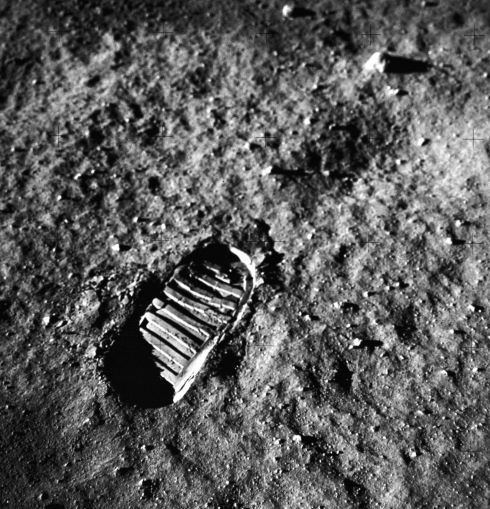It's been 47 years since the last man walked on the moon. The first mission to the moon - Apollo 11 - launched in 1969 and inspired a series of five more successful missions (Apollo 12, 14, 15, and 17). By 1972, the Apollo missions were cancelled and all but memories.

Nearly fifty years later, NASA makes an astonishing announcement: we're going back to the moon, and this time we're bringing women!
The "new and improved" mission to the moon takes its name from the Greek goddess of the moon and Apollo's twin sister, Artemis. With this mission, we're bringing better technology, faster communication, and sleeker experiments. And, yes, it will feature the first woman to ever walk on the moon.
So...why go back?
Although we've been to the moon six times now, we still know remarkably little about the moon's geography and composiition. Thirty years after Apollo 11, NASA finally discovered water particles on the lunar surface - something we would have never imagined!
Secondly, further space travel can be made more efficient and sustainable by establishing a permanent presence on the moon. Artemis isn’t just a one-and-done trip to visit the moon, collect some rocks, and head home. NASA hopes to set up entire bases and fueling stations to send more spacecraft with less waste, energy, and cost.
Researchers are currently carving out a path for astronauts to take advantage of in situ resource utilization (living off the land - the lunar land!). NASA is working on technology that will allow astronauts to harvest water from the moon, which will be used for life support as well as rocket fueling!

In short, the Artemis mission means a lot more than going back to the moon. It means sustainable travel, human survival outside Earth, and the discovery of valuable resources in our lunar neighbor. But it also communicates one more major point.
Women can do anything men can do, including walk on the moon.